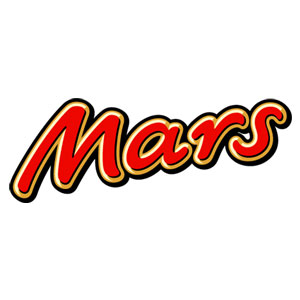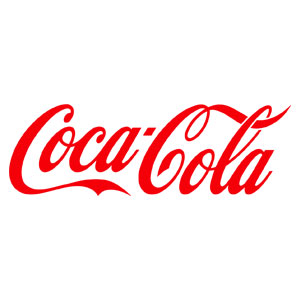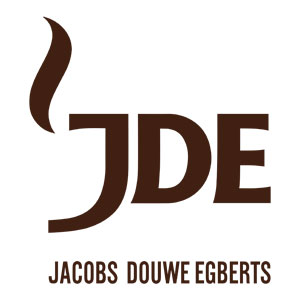Britain are a nation of chocolate lovers. We’ve been enjoying chocolate as we know it today ever since the 19th Century. That’s when British company J.S. Fry & Sons invented the first-ever solid chocolate bar. Brands were then able to create affordable, mass-market chocolate products. By the 20th Century, chocolate was loved by people of all social classes and had become a huge part of British culture. Today, chocolate is one of the most popular choices in our snack vending machines.
One of the most popular times of the year to enjoy chocolate is at Easter. In the UK, we eat chocolate Easter Eggs due to a mix of religious traditions, historical evolution, and commercial influence.
But how did we come to start eating Easter Eggs? Tracing their origins from Medieval times to today, here is the surprising history of Easter eggs:
The Religious Origins of Easter Eggs
Eggs have long been associated with Easter. The Easter eggs symbolise new life and rebirth, reflecting the resurrection of Jesus in Christianity. In early Christian traditions, eggs were forbidden during Lent.
What is Lent?
Lent is a period of six weeks, or 40 days, leading up to Easter. Easter is the most important festival in the Christian calendar. Lent starts on Ash Wednesday, and the last week of Lent is called Holy Week.
Lent allows Christians to remember Jesus’ fasting in the desert. It is a time of giving things up and self-discipline. Fasting during Lent typically involves abstaining from certain foods or luxuries as a form of self-discipline. The day before Lent is Shrove Tuesday, also known as Pancake Day. Traditionally Pancake Day was the last chance to use up all of the food that Christians would not be eating during their fast.
Since hens continue to lay eggs during Lent, people would preserve eggs and enjoy them as a special treat on Easter Sunday, when the fast ended.
The Evolution from Real Eggs to Chocolate
In Medieval Europe, people decorated and exchanged real eggs at Easter. The tradition of giving eggs evolved when chocolatiers in France and Germany started to make hollow chocolate eggs in the early 1800’s. However these eggs were quite bitter and rough due to the limitations in chocolate production. Early chocolate eggs were plain and dark, with a smooth, glossy finish.
By the late 1800s, the chocolate eggs had become hollow and filled with sugared almonds or small treats. The eggs were decorated

with ornate piping and patterns, appealing to the Victorian aesthetics.
The Rise of Commercial Chocolate Eggs
By the end of the 19th Century, mass production made chocolate eggs cheaper and more widely available. New flavours and designs emerged, including milk chocolate eggs. Easter eggs became a popular gift for children.
But the 19th Century was also a time of major progress in chocolate making. Dutch inventor Coenraad van Houten developed a method to separate cocoa butter from cocoa solids, leading to smoother, more workable chocolate in 1828. By 1875, the addition of milk powder by Daniel Peter and Henri Nestle made the chocolate smoother and creamier. Cadbury introduced its first chocolate Easter egg in Britain in 1873. Unsurprisingly, it was a huge success.
As chocolate-making techniques improved, it became easier to product smooth, hollow eggs. By the 20th Century, chocolate Easter eggs had become a staple Easter treat. Chocolate eggs were mass-produced using automated moulding machines, making them cheaper and more widely available.
How are Easter Eggs made today?
Whilst the chocolate eggs of today are made with high-speed machines and automated processes, the core steps remain the same as they were in the past.
- High quality chocolate is melted in large vats at precise temperatures.
- The chocolate is tempered (cooled and reheated) to ensure a smooth texture, glossy finish and crisp snap.
- Using either a metal or plastic shaped egg mould, they are coated with a thin layer of chocolate and rotated to spread.
- The chocolate is then cooled and set in temperature-controlled rooms to harden.
- The hollow chocolate egg halves are briefly warmed along the edges, then pressed together.
- The finished eggs are wrapped in foil, and large-scale factories use robotic arms for rapid wrapping and packing.
Today, chocolate Easter eggs are a huge part of British Easter traditions, with Supermarkets and chocolatiers completing to make bigger, fancier and more elaborate eggs. Combining nostalgia, fun and Easter indulgence, they’ve become the perfect treat for the holiday.
Are you a chocolate lover, or keen to bring high quality snacks into your workplace? Why not contact Westways Vending today, so we can help find your vending solution.

 as your vending supplier
as your vending supplier




